DotNext 2016 Moscow: Calm after a storm
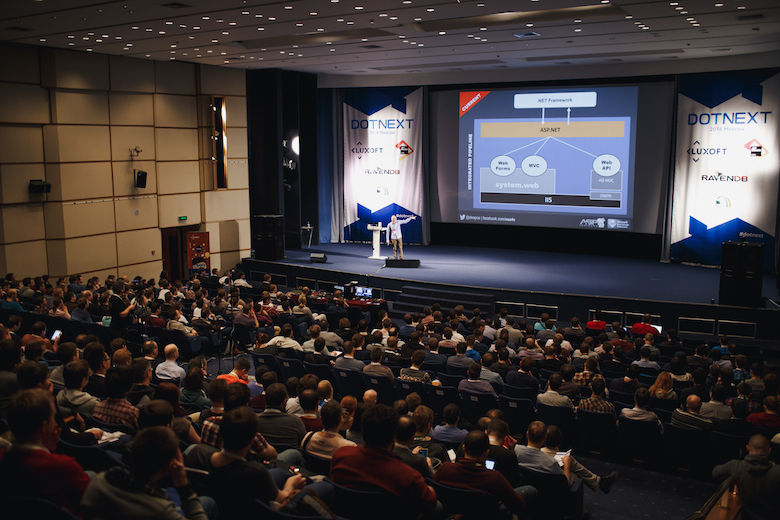
In June, when the DotNext conference was held in St. Petersburg, the .NET world experienced a difficult moment: Microsoft suddenly changed a lot in. NET Core already at the stage of the release candidate. Now, when the Moscow version of the conference was held, you can compare them and understand: how did the past six months affect the situation? And what reports of Moscow were devoted not to the last shocks, but to “eternal problems”? On Habré has already appeared review with the eyes of the viewer, and now we publish our text.
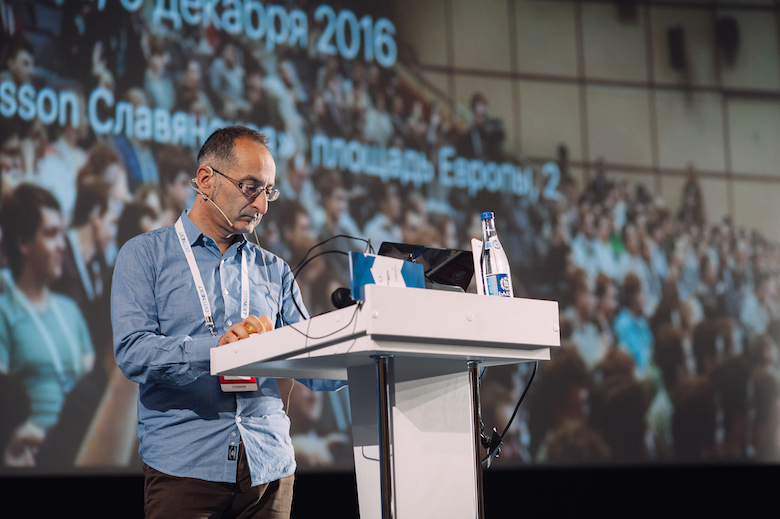
In the top 5 reports of the previous DotNext, Dino Esposito’s speech was about the coming (ASP) .NET Core. There, he loudly and sarcastically talked about how, in pursuit of revolutionary changes in Microsoft, they forgot about "that crazy little thing called legacy code". Now, in the opening keyout, Dino again spoke about the same topic, but his tone was calmer, and there were more diagrams on the slides: several months have passed since the release 1.0, and it is time to more seriously understand what migration to Core will mean. However, he couldn’t avoid escaping completely: “Of course, I love system.web - I earned money by writing about it! So this is an old friend, but now he is leaving us. ”
')
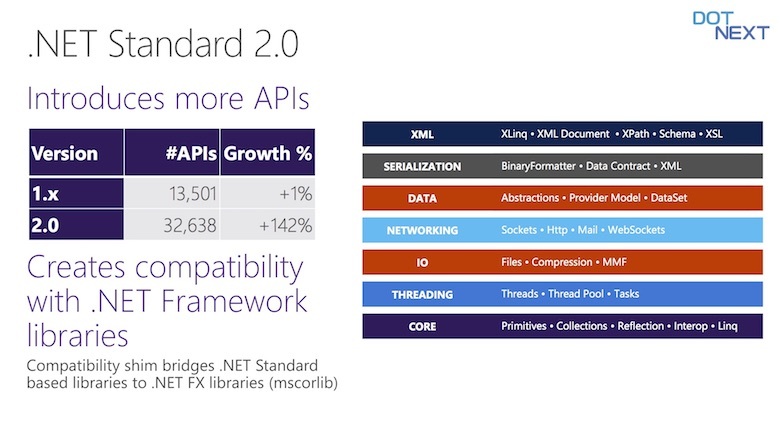
Next, the topic .NET Core (as well as .NET Standard) was picked up by Alex Thyssen (Xpirit). He made a reservation “Core manages to change in the time you look at him” - but this did not stop him from a detailed story about many things that can be seen now, starting with the departure from project.json and ending with what to expect from .NET Standard 2.0.

At first, the conference could have become entangled in the names of the speakers: this time, besides DotNext, Dino Esposito and Sasha Goldstein, who had long been loved by DotNext viewers, Dina Goldstein (Aternity) was also present. She talked about Event Tracing for Windows, starting with what are the difficulties with traditional profilers: “They need to be recompiled or restarted — just try restarting the software at the airport! And there are difficulties with overhead and licensing. ” In general, the audience liked the report, but several pointed out at once that they didn’t have enough: they wanted to see not only screenshots and code, but also a live demo.
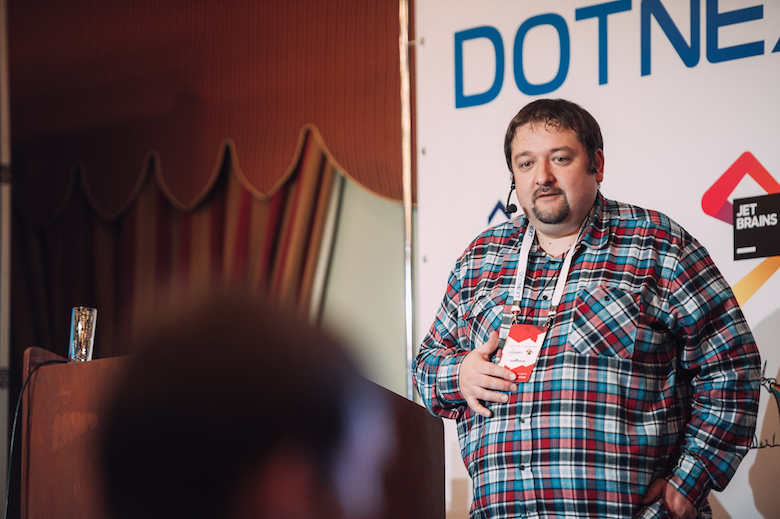
Dmitry Soshnikov (Microsoft) has already briefly touched upon the topic of Microsoft Cognitive Services in his keynote at DotNext in St. Petersburg, and now has devoted his entire report to her and the Microsoft Bot Framework. Although the company is now known not to AI-technologies, it makes a big bet on them. So even for those who are not working with this right now, it is useful to keep track of what “cognitive API” it provides . Of course, if you want to follow this topic, you can also follow the official news - but many viewers, in their responses, noted Dmitry’s vivid presentation, and you will not find this in the news.

According to a recent interview with Andrei DreamWalker Akinshina (JetBrains), it is easy to see how much he is inspired by the Rider project he is working on. And at the opening of the conference, he also spoke about this: “I wake up in the morning, immediately open the Rider and start doing something.” But his report was devoted quite differently: after the Petersburg presentation on the intricacies of arithmetic operations was very warmly accepted, he developed a theme in Moscow.
Do all these subtleties have practical value in the life of a developer, or are these nuances that are interesting to know, but which never really affect? Andrei began the report with several examples of how they had a very significant effect. Probably the most impressive example is the story of how, in 1991, the “small and unimportant” error in the software of the anti-aircraft missile system accumulated to 100 seconds before an error occurred in a third of a second, and as a result, 28 soldiers died.

Marco Chekkoni (Stack Overflow) had two reports per day. And if with the theme of the first “Stack Overflow - It's all about performance!” Everything is clear (he also told us about it before the conference ), then “Performance tuning Stack Overflow tags” could surprise: why are the tags on the site so significant? and a self-sufficient topic from the point of view of performance, what should a separate report be devoted to it? But Chekkoni quickly made it clear that there was enough of his pitfalls: “For example, in our search, the tag can be set not only as windows, but also as windows *, so that everything like windows-10 can be found with it. And we have such an audience that this opportunity is indeed often used! ”It is interesting in advance and you can’t guess that the“ technical advancement ”of the site’s audience can affect the performance with its performance.
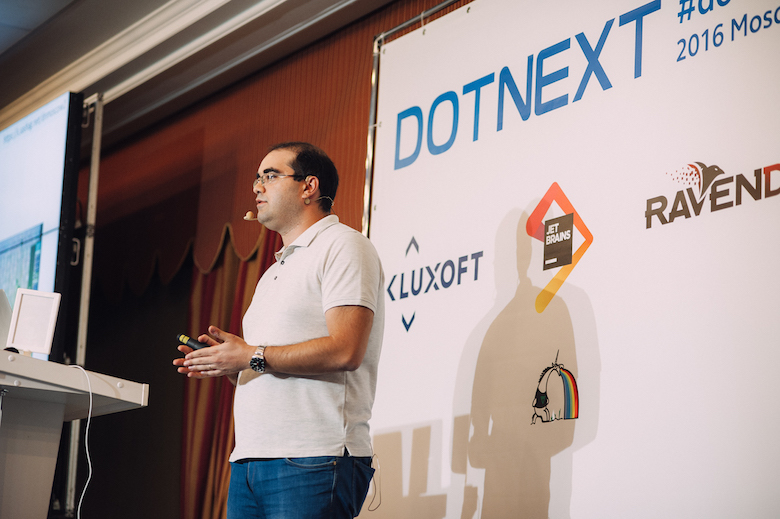
Sasha Goldstein (Sela Group) also spoke twice - with “WinDbg Superpowers for .NET Developers” and “Squeezing the Hardware to Make Performance Juice”. As is known, “software is hard, but hardware hardware is harder”, so Sasha’s ability to explain everything with simple words in the second case was especially useful.
Developers may have the feeling “if I don’t launch rockets, then why would I even bother with iron issues”, and the report had a very clear illustration of why: the question from Stack Overflow “Why? unsorted array? " . Because of how the branch prediction works (which the questioner did not know about), the difference in processing time was six times with him, and when the differences are such, it is clearly helpful to understand how everything works. From this example, Sasha went on to more complex topics like SIMD, while maintaining the availability of the presentation.
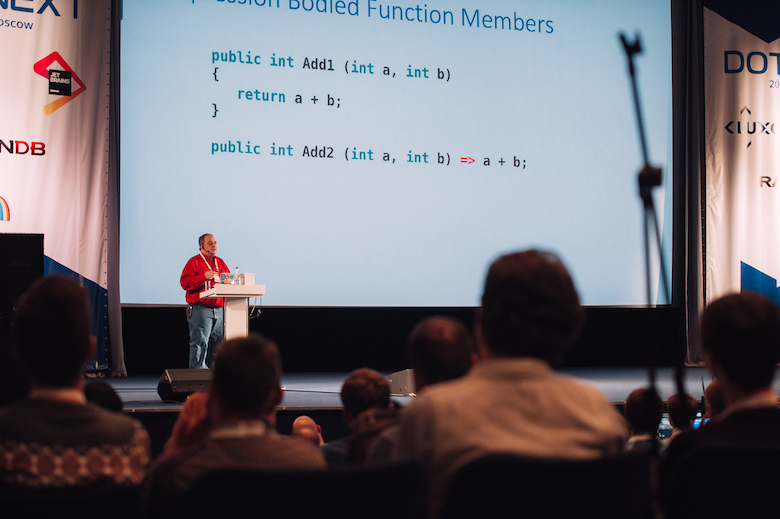
Finally, Jesse Liberty (Liberty Associates), who also spoke twice, spoke about C # 7 innovations in the final keyout. Basically it was straightforwardly informative, but sometimes Liberty went away ("how you pronounce the tuple -“ tapple ”or“ tuple ” ? "), And at times he allowed himself liberties (" out variables - do they ... can you say "suck"? "). Among what he was talking about was pattern matching (“a switch can have a pattern as a case!”), And here it’s interesting to compare the C # world with Java developing in parallel. There, too, they recently talked about the possible addition of pattern matching - but so far with the proviso “it has been written with water forks”.
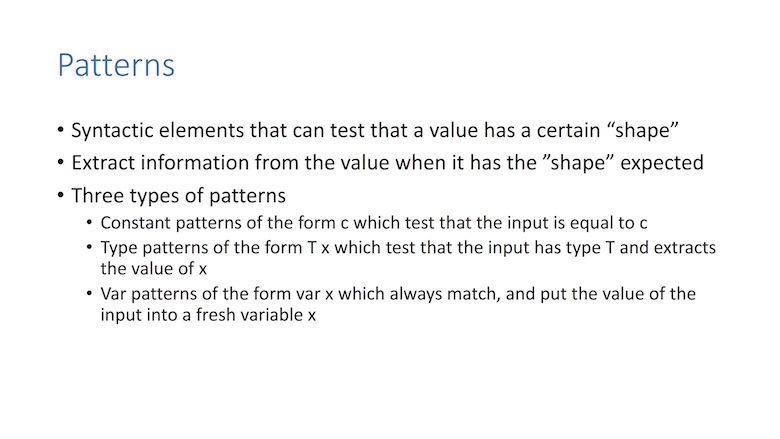
And now, when enough time has passed since the conference, it is possible to calculate the top 5 reports according to the estimates sent by the audience. And it turned out like this:
- Sasha Goldstein (Sela Group) - WinDbg Superpowers for .NET Developers
- Andrey Akinshin (JetBrains) - We continue to talk about arithmetic
- Sasha Goldstein (Sela Group) - Squeezing the Hardware to Make Performance Juice
- Roman Nevolin (EPAM) - F # to the glory of Data Science
- Dmitry Soshnikov (Microsoft) - Intellectual chatbots and cognitive services
It is curious to compare with the previous St. Petersburg top . First of all, three out of four speakers on the list of speakers were leaders in the past DotNext. And secondly, Sasha Goldstein again took the first and third places at the same time!
It seems that after all the twists and turns with the release of Core, the .NET world now wants stability.
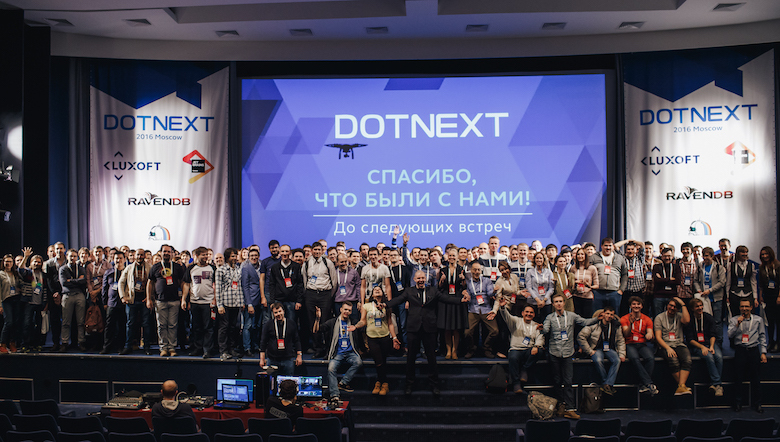
Source: https://habr.com/ru/post/318168/
All Articles